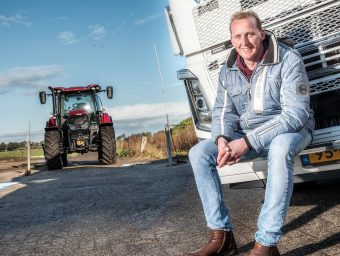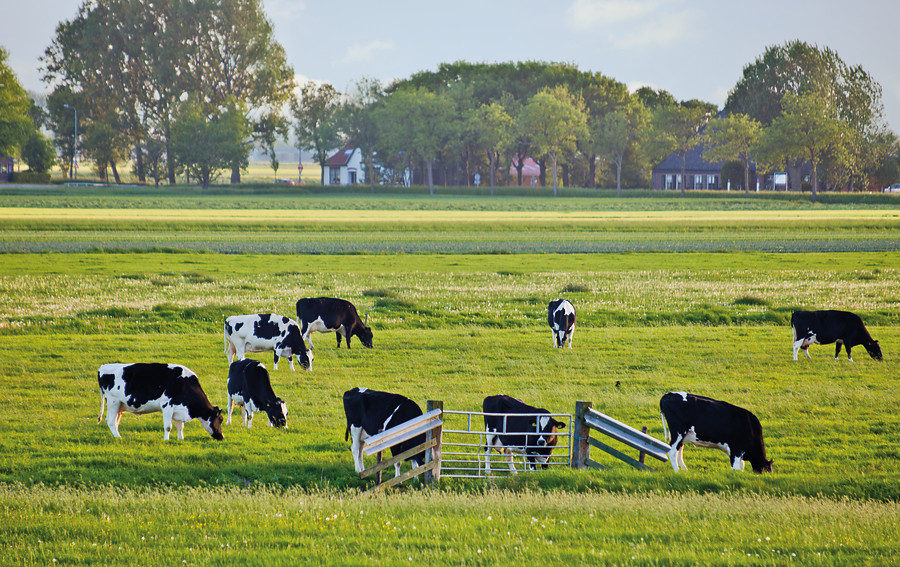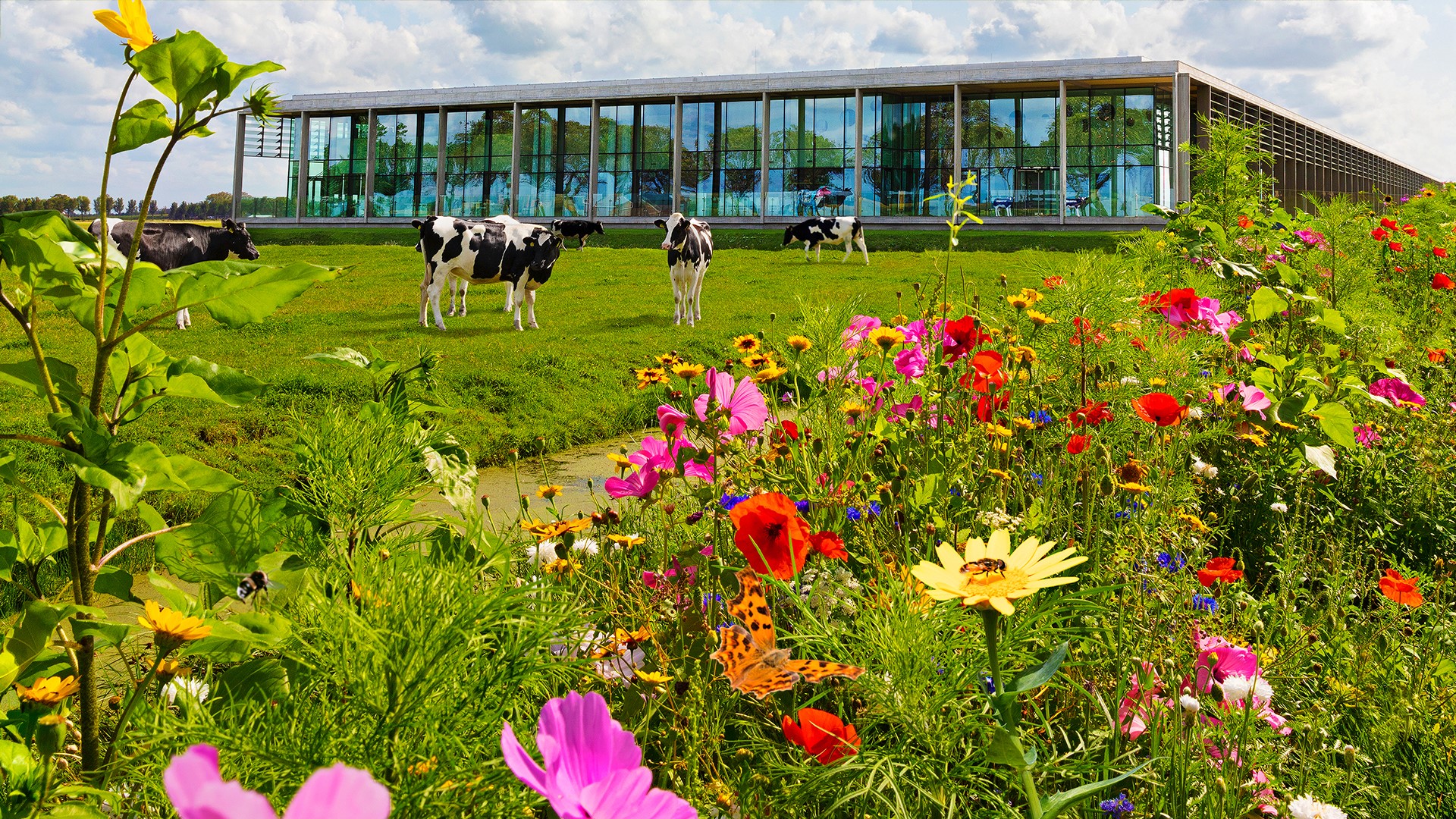Sustainable livestock farming thanks to 'old-fashioned' farming
The tastiest milk is full of protein and deliciously creamy due to a tad higher fat content. That optimum balance is often also the most natural balance. The modern dairy farm has all kinds of analysis and technology available for this. But it can also be done differently. CONO farmer Gerrit Wermink from Ommen helps the good grasses in the pasture dominate the unwanted plants, lets his cows go outside a lot and grows his own corn.


There are several roads that lead to Rome, as the saying goes. And that is certainly true when it comes to a sustainable farm. 'Sustainable' means not only animal welfare and the lowest possible energy consumption, for example, but also the lowest possible footprint in CO2 and other harmful gases. Gerrit has got that right. Because he allows his cows to graze more than 1,800 hours a year outside; that's about three times more than the official grazing standard. And he himself grows most of the feed his cows eat, namely fresh grass, ensiled grass and corn. Two smart choices that are good for a high sustainability score. And which exactly suit the down-to-earth entrepreneur: "I don't like to be difficult."
With grazing less losses
A healthy earth and cows in the pasture, they have a lot to do with each other. When manure and slurry, a cow's poop and pee, come together, it creates gases that release some of the nitrogen. When cows are stabled during the winter, this cannot be prevented unless you start separating and processing manure immediately. But Gerrit, then, does things differently. "In the pasture, a cow has space. When a cow stands up she first defecates, then walks on, and then she goes to pee. So separation is something the cow already does on its own. And by grazing the cows as long as possible, the stall period is automatically shortened. They are outside and can graze to fill their four stomachs. That way I can save on concentrate feed."
Diluting manure with water
A healthy earth and the food that cows eat, the two also have a lot to do with each other. After all, in this respect it is just like with people: all the food that has to be brought in by boat, plane or truck from far away is much more damaging to the environment than the vegetables and fruits that grow around the corner. Farmer Gerrit therefore has 28 acres of grassland and 6 acres of corn, doing as much tillage as possible in-house. Of course, his land must also be fertilized, "fed" he prefers to call it. But because he doesn't have much manure with the small number of cows, he applies two clever solutions: he dilutes the manure with water ánd, with the help of GPS, he places it exactly with the corn seed in the row. "Our aim is to use less and less fertilizer with the dot on the horizon being zero one day."

